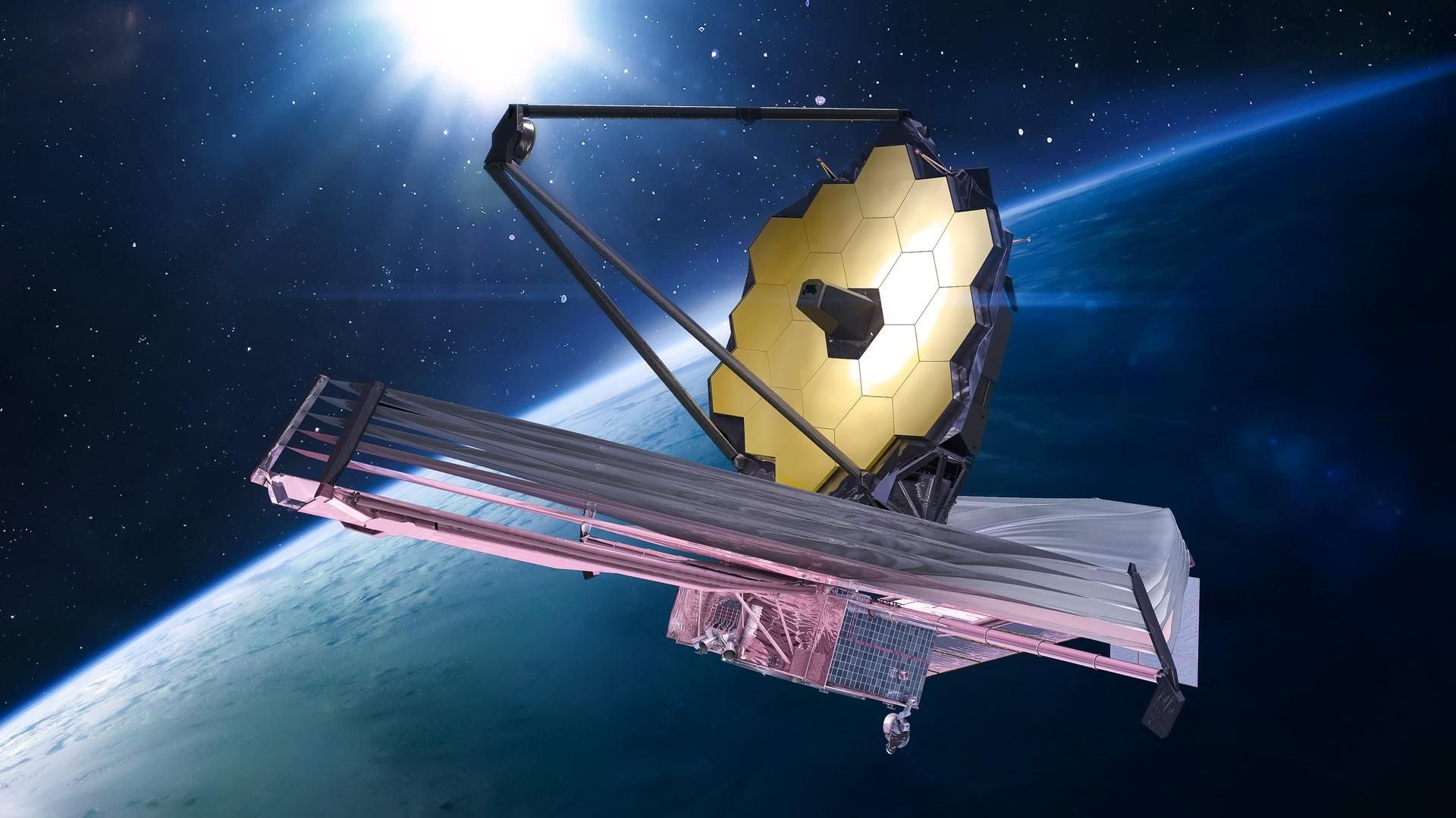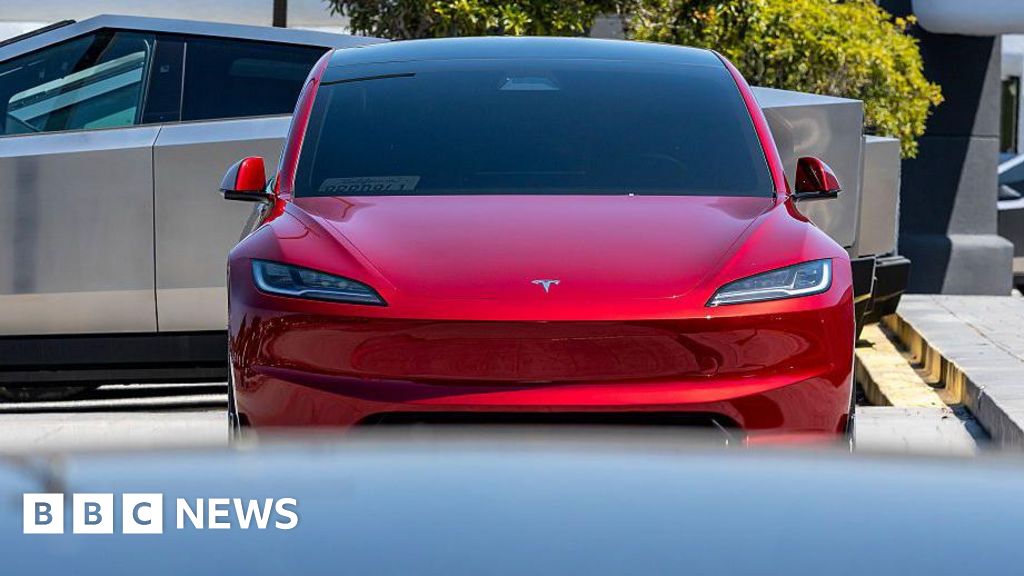Pakistan’s startup ecosystem continued to attract investor interest during the third quarter of 2025, securing $15.2 million across six disclosed deals
The amount is a steep drop from $58 million in Q2, according to a new report by Invest2Innovate (i2i). The quarter’s biggest raise came from Trukkr, which bagged $10 million in a mixed equity and debt round.
It was followed by BusCaro’s $2 million hybrid deal, Myco’s $1.5 million Web3 raise, Metric’s $1.3 million fintech seed round, and ScholarBee’s $350,000 convertible note. Smaller but notable funding came from Pakhtun Wardrobe, which raised $31,000 in equity.
t
Additionally, three startups from the i2i Scale accelerator secured undisclosed funding rounds, bringing the total to nine deals, making it the busiest quarter since late 2024.
Unlike past quarters dominated by single mega deals, Q3 reflected greater diversity in both sectors and deal sizes. Activity spanned logistics, mobility, fintech, Web3, edtech, fashion, and digital health, signaling a maturing ecosystem. Logistics led with Trukkr’s raise, followed by mobility and fintech.
A key trend this quarter was the rise of hybrid financing models. Out of six disclosed deals, four — Trukkr, BusCaro, Myco, and ScholarBee — combined equity, debt, or convertible notes. Only Metric and Pakhtun Wardrobe closed traditional equity rounds.
This marks a significant shift from earlier quarters, where pure equity deals dominated. Founders are now opting for more flexible funding structures that minimize dilution, while investors are testing models that balance protection and long-term upside — an indicator of a maturing investment landscape.
Q3 also sustained the positive momentum for women-led or co-founded startups. Following MedIQ’s $6 million raise in Q2, the trend highlights growing gender diversity, even if deal sizes remain smaller than male-led ventures.
Investor participation was balanced in volume but uneven in value. Local investors — including Accelerate Prosperity, Salt Ventures, i2i Ventures, and several angel investors — backed early-stage rounds like BusCaro, ScholarBee, and Pakhtun Wardrobe.
In contrast, international investors such as Yango Ventures (UAE), Daman Investments (UAE), Cartography Capital (US), 500 Global (US), A-Typical Ventures (Qatar), Plus VC (Abu Dhabi), and Tim Draper (US) dominated larger deals, accounting for most of the disclosed capital.
While global confidence in Pakistani founders remains strong, analysts say building deeper local growth capital is essential for long-term sustainability.
The report concludes that six startups made up nearly all disclosed funding this quarter, showcasing the country’s ability to produce investable ventures across multiple sectors.
However, it also points to a persistent gap — the ecosystem needs more mid-sized rounds to bridge the space between small seed tickets and large Series A investments.







